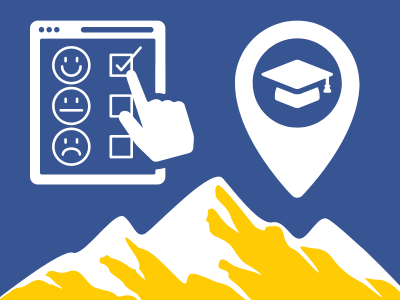Progress on the Diversity & Inclusion Framework Initiatives
In August 2016, MSU President Waded Cruzado charged the university community to develop a Diversity and Inclusion Framework that would be infused into the updated Montana State University strategic plan.
Progress made on Metric 3.3.5 and MSU's Diversity and Inclusion Framework is tracked and documented below.
Disclaimer: Baseline data have been collected for each metric defined to track progress on Framework themes. Though we have not been able to collect continuing data for several metrics, we continue to make progress toward the goals set in the Framework, including embedding content in courses, making data on enrollment and employment transparent, and employee demographics that increasingly reflect student demographics. As indicators of progress on these metrics, below are examples of efforts —such as groups, trainings, events, and more—that have been created in pursuit of the Framework's goals.
Campus Climate & Intergroup Relations
Goal: Create a civil, supportive, and respectful environment where difference is a source of strength.
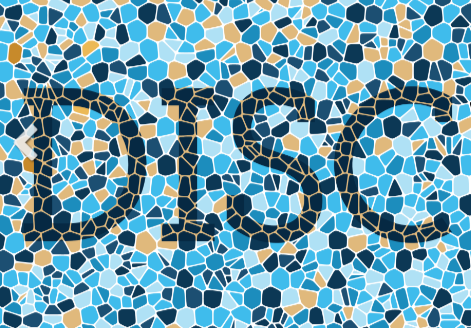
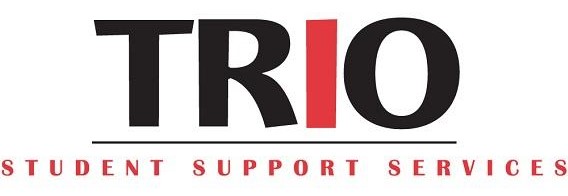
TRIO is a student support program designed to serve first-generation, low-income, and students with disabilities. The program utilizes campus resources, mentoring, and advising to help its scholars succeed. They offer aid to students in the forms of career coaching, one-on-one tutoring, success advising, learning strategy advising, professional skills training, and financial coaching.
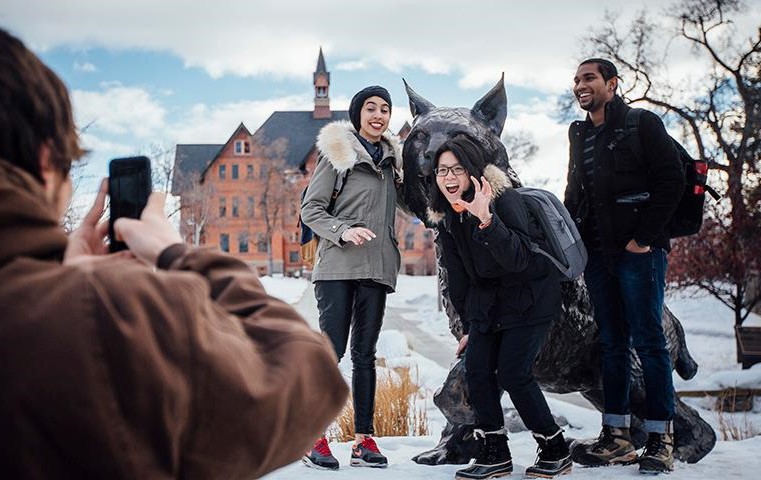
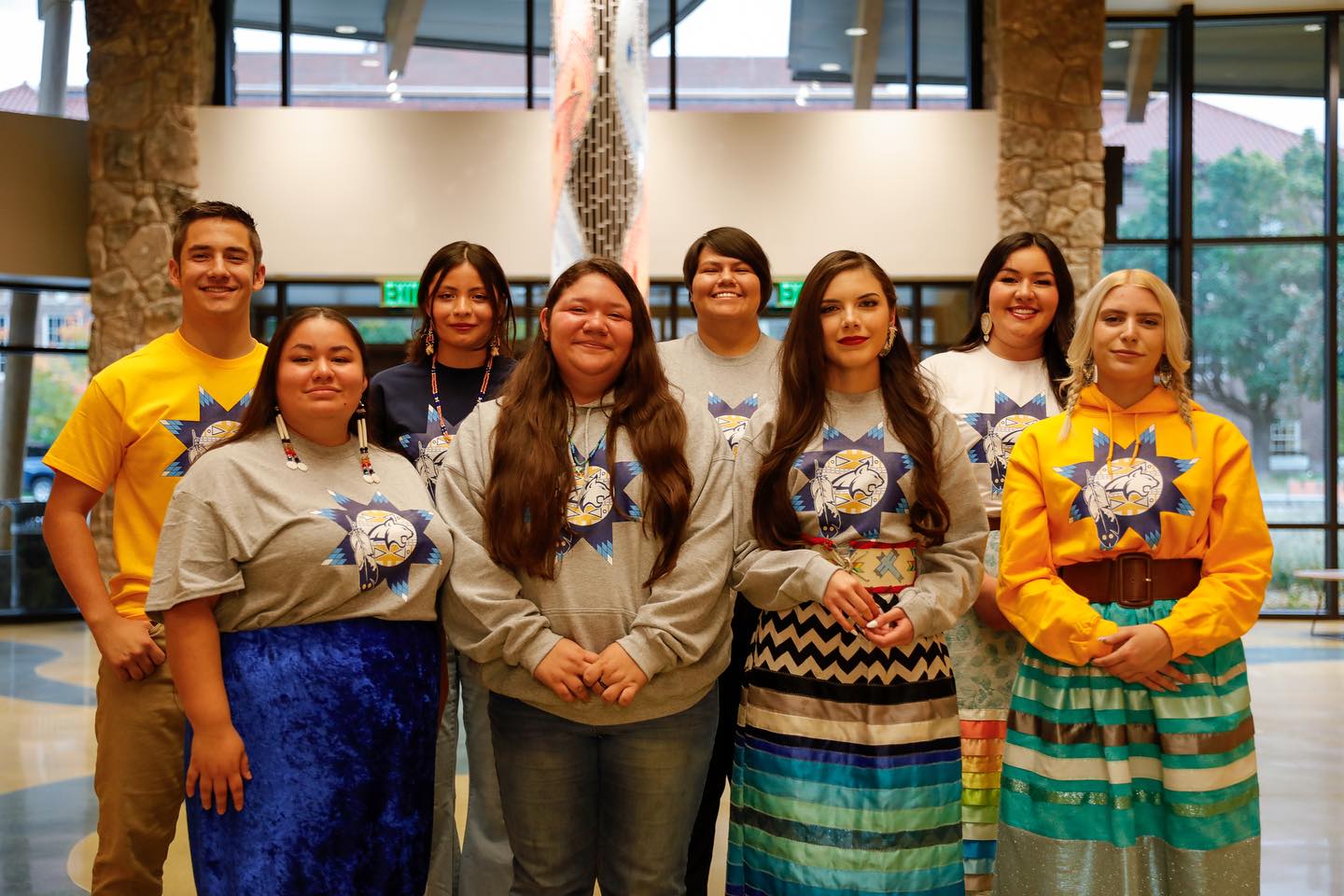
Increase the percentage of Students who frequently or occasionally over the past year have interacted with someone:
- from a country other than your own
- from a religion different from your own
- from a socioeconomic class different from your own
- of a sexual orientation different from your own
- with a disability
Events and gatherings are hosted across campus to welcome students from all backgrounds to learn about diverse cultures and participate in their celebrations. A small sample of these events include the Annual American Indian Council Powwow, Hispanic Hertiage Month events, Missing and Murdered Indigenous Peoples Day of Awareness, Juneteenth celebrations, Black History Month events, and various student organization-sponsored cultural events.
Decrease the gaps between students' sense of belonging and experiences based on identity, related to their average agreement with the following question:
- I feel a sense of belonging to this campus.
- I feel that I am a member of this college.
- overall sense of community among students.
2023: 200 MSU students, faculty, and staff members attended a solidarity event to show support for LGBTQ+ and BIPOC students.
2023: 89% of students agree that their ongoing counselor that Counseling and Psychological Services is sensitive to their cultural background and/or identities, according to the most recent CPS Client Satisfaction Survey.
2023: 12 Sessions of DISCourse in Nuggets brought students together in conversation about topics of cultural identity.
Student Resource Fairs are hosted each semester to connect students to crucial resources, help students navigate any barriers they are encountering, and facilitate community-building.
Improve average level of satisfaction of faculty and staff around atmosphere for
- sexual orientation differences
- political differences
- religious differences
- gender differences
- individuals with disabilities
2021: The Queer Faculty and Staff Association (QFSA) was created to develop a supportive community for faculty and staff who identify as LGBTQ.
2020: GATHER, which stands for Gathering All Together Honoring Every Race, was established as a network for faculty and staff from underrepresented racial and ethnic groups to develop a sense of community, intentionally build support, and exchange ideas.
Education and Scholarship
Goal: Equip students, faculty, and staff with the knowledge, experience, and competencies necessary to eradicate biases and discrimination and to be successful in a multicultural, international, pluralistic society.
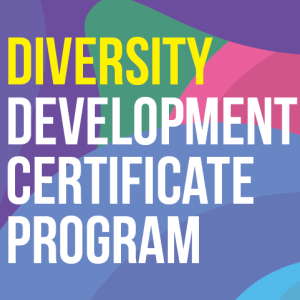
The Diversity & Inclusion Development Certificate offers a series of trainings to students, staff, and faculty to expand their awareness, knowledge, and skills related to diversity and inclusion to promote personal and professional growth. The workshops offered are organized in to two levels and are open to all MSU students, staff, and faculty.
The Level 1 Foundations of Diversity & Inclusion course offerings include three workshops that introduce participants to some fundamental concepts related to diversity and inclusion.
The Level 2 Dimensions of Cultural Identity series offers workshops that focus more specifically on different social group identities.
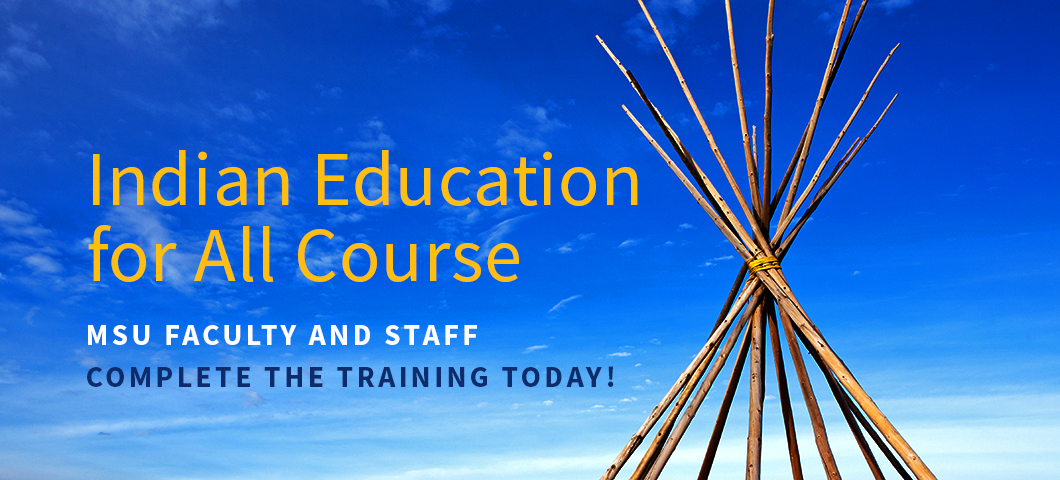
The Indian Education for All course is just one part of an overall effort to ensure that every member of our Montana University System (MUS) team is engaged in conversations around the Montana Constitutional mandate that "every Montanan, whether Indian or non-Indian, be encouraged to learn about the distinct and unique heritage of American Indians in a culturally responsive manner." By being a part of this important conversation, all MUS employees will increase their own understanding of contemporary and historical American Indian issues and thereby play a role in better empowering American Indian students to succeed.
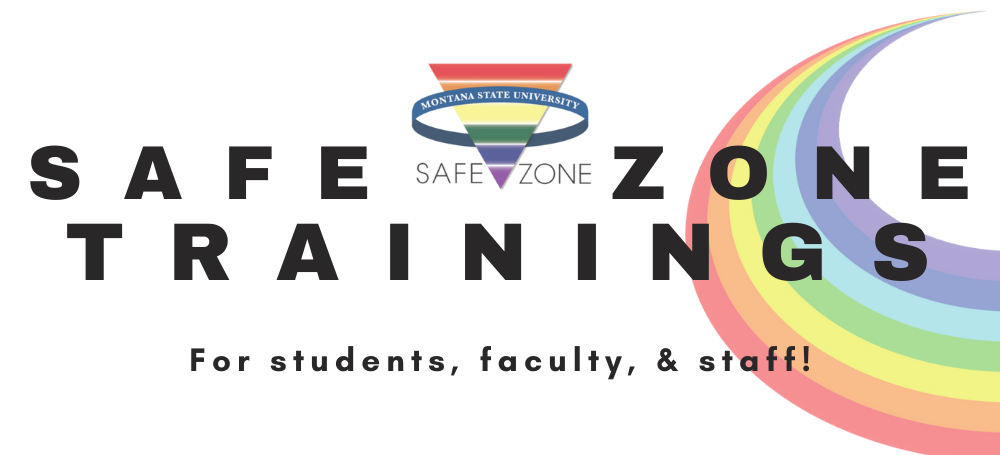
The Safe Zone program, a joint effort between the Diversity and Inclusion Student Commons and Counseling and Psychological Services, works to deliver educational trainings and increase awareness of LGBTQ+ identityand allyship. The program exists to acknowledge and support members of our community who identify within the LGBTQ+ spectrum.
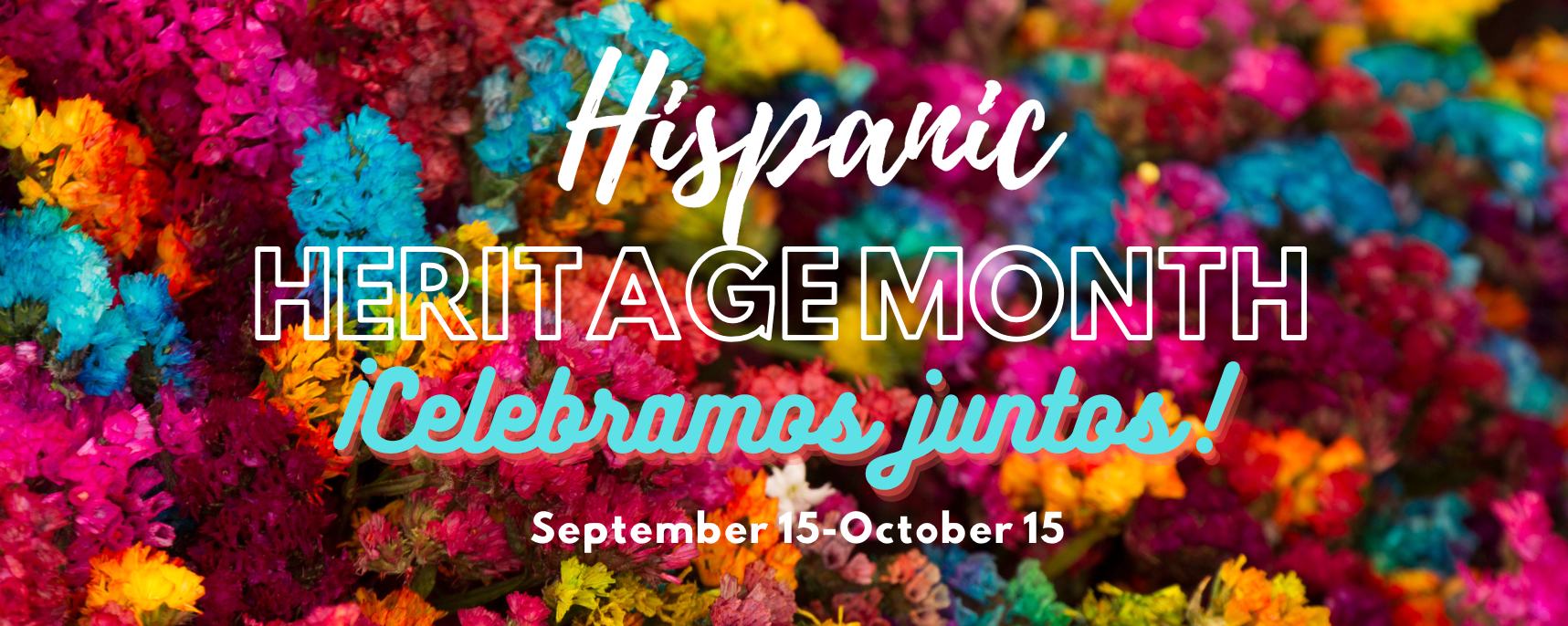
At Montana State University, a committee of students, staff, faculty, and community partners comes together to design events that will allow the community to celebrar juntos, celebrate together.
¡Celebramos juntos! programming celebrates the histories, cultures and contributions of people with Hispanic and Latino heritage. The goal is to strengthencommunity and connection in Gallatin County. We hope to engagemore of the MSU and local community in the issues and challenges facing Hispanic communities. Events increase awareness of the diversity within the Hispanic and Latino cultures and communities.
Increase the proportion of students who have taken at least one class that included materials about the following
- Gender/Gender Identity
- Race/ethnicity
- Socioeconomic class differences
- Privilege
- Sexual orientation
- Disability
2023: Students can earn a 15-credit certificate in Africana Studies, exploring African and African American history, life, and cultures from an interdisciplinary perspective.
2023: 45% of undergraduate nursing students enrolled in the Mobile Health Training Program, which prepares future nurses to address health equity and distribute health resources to rural and high-priority populations.
Increase the number of courses offered with learning outcomes related to diversity, race, or equity.
Update: The total number of courses offered with learning outcomes related to diversity, race, or equity has increased by 35 since 2020.
Increase the percentage of faculty and staff who have attended programs focused on diversity (e.g. presentations, performances, art exhibits, debates) in the past year.
Academic Year 2023-2024: A total of 727 people from MSU completed the Indian Education for All (IEFA) training. Of those participants, 470 are employees, 70 are graduate students, and 187 are undergraduate students.
2023: 230 residence hall advisors, staff, and orientation leaders were trained in diversity topics and DISC programs this year to best support students.
2022: MSU hosted its annual Dsylexia and Innovation Symposium Oct 27-28, highlighting the strengths of the dyslexic mind through inspiring keynote addresses, speakers, and panel discussions. The symposium featured 20 speakers from three continents and drew nearly 900 registered participants.
Access and Success
Goal: Recruit, promote the success of, and foster a sense of security and belonging for a diverse student body, faculty, and staff.
Support Services and Facilities:
The Council of American Indian Programs (CAIP) is a consortium of administrators, faculty and staff at MSU whose programs support significant recruitment and retention initiatives promoting American Indian and Alaskan Native student success. CAIP is a unified, inclusive group within which members of a variety of programs share, collaborate, organize, plan, develop and implement recruitment and retention activities for American Indian and Alaskan Native students at MSU.
The FGSA aims to provide a welcoming and open environment for all first-generation students on campus. Through meetings, events, and activities they empower students and build a sense of community with high impact experiences and support.
Leaders of Montana State University’s Black Student Union, student organizations representing students of color, and select members of MSU administration worked together From June through November of 2020 to draft a working plan for addressing the needs and concerns of Black, Indigenous, and People of Color (BIPOC) students at MSU.
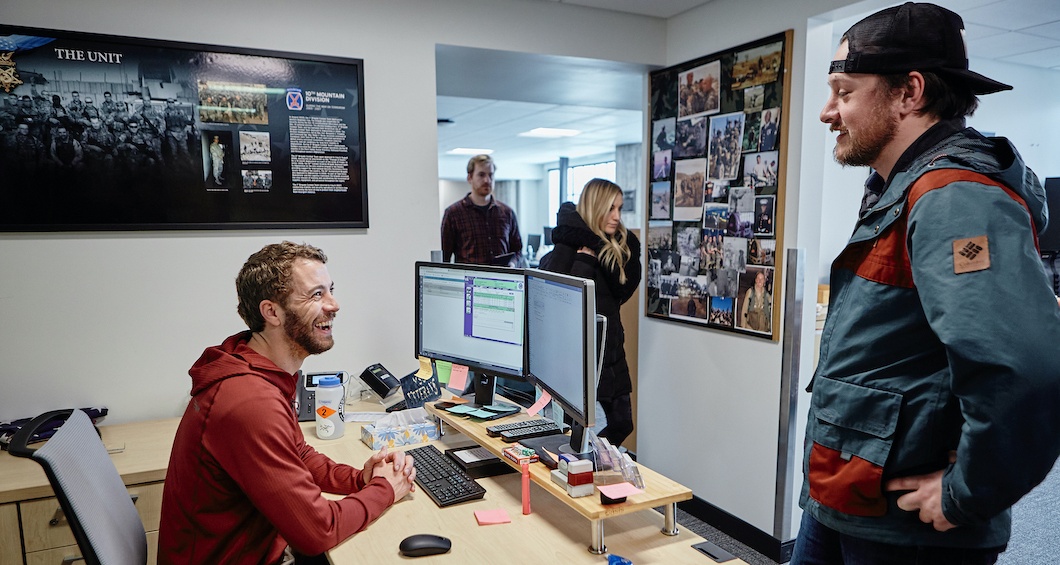
The Travis W. Atkins Veteran Support Center is a dedicated space with trained staff to help veteran students with just about anything. Whether it's questions about VA benefits, help figuring out which classes to take, or just a place to study or catch up with friends, the center is open to all veteran students and spouses.
Disability Services collaborates with students, staff, faculty, family members, and the greater community to ensure MSU provides equal access and an inclusive educational environment.
Identity-Based Groups:
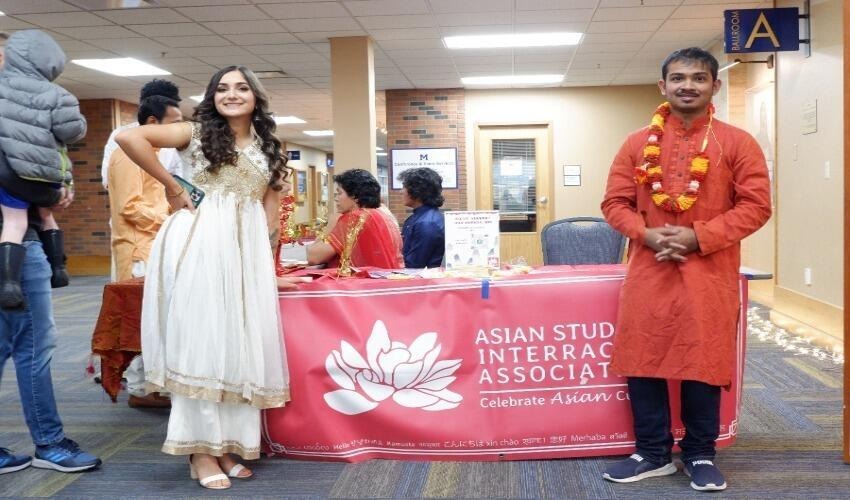
MSU has numerous religious and spiritual organizations where anyone can join. These groups include, but are not limited to, Cat Catholic Campus Ministry, Chi Alpha Campus Ministry, Crosslife, Cru, Heirs of Love Campus Fellowship, InterVarsity Christian Fellowship, Jewish Student Association, Kingdom Cats, Latter Day Saint Student Association, Lutheran Campus Ministry, Lutheran Student Fellowship, Nations, Redeemed Campus Fellowship, Reformed University Fellowship, Resonate Church, St. Anthony's OCF, and the Navigators.
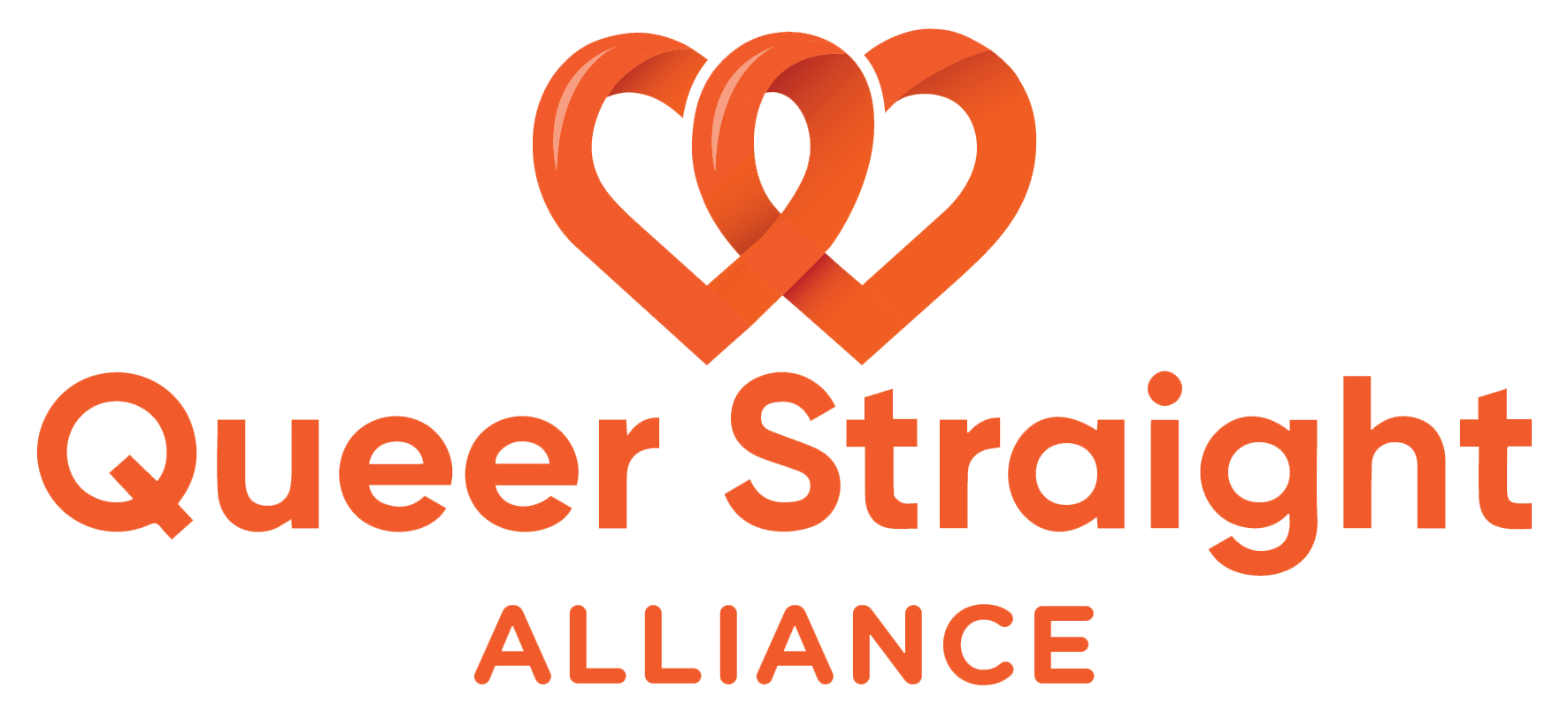
The Queer Straight Alliance (QSA) at MSU is dedicated to providing safety and a sense of community to LGBTQ+ students, community members, and allies at MSU and in the Bozeman area. Through education and community involvement, QSA strives to improve the quality of life for LGBTQ+ individuals by implementing lasting programs and practices.
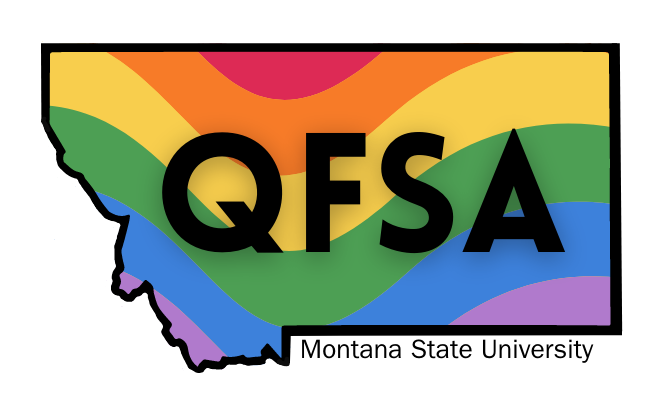
Graduation Celebrations:
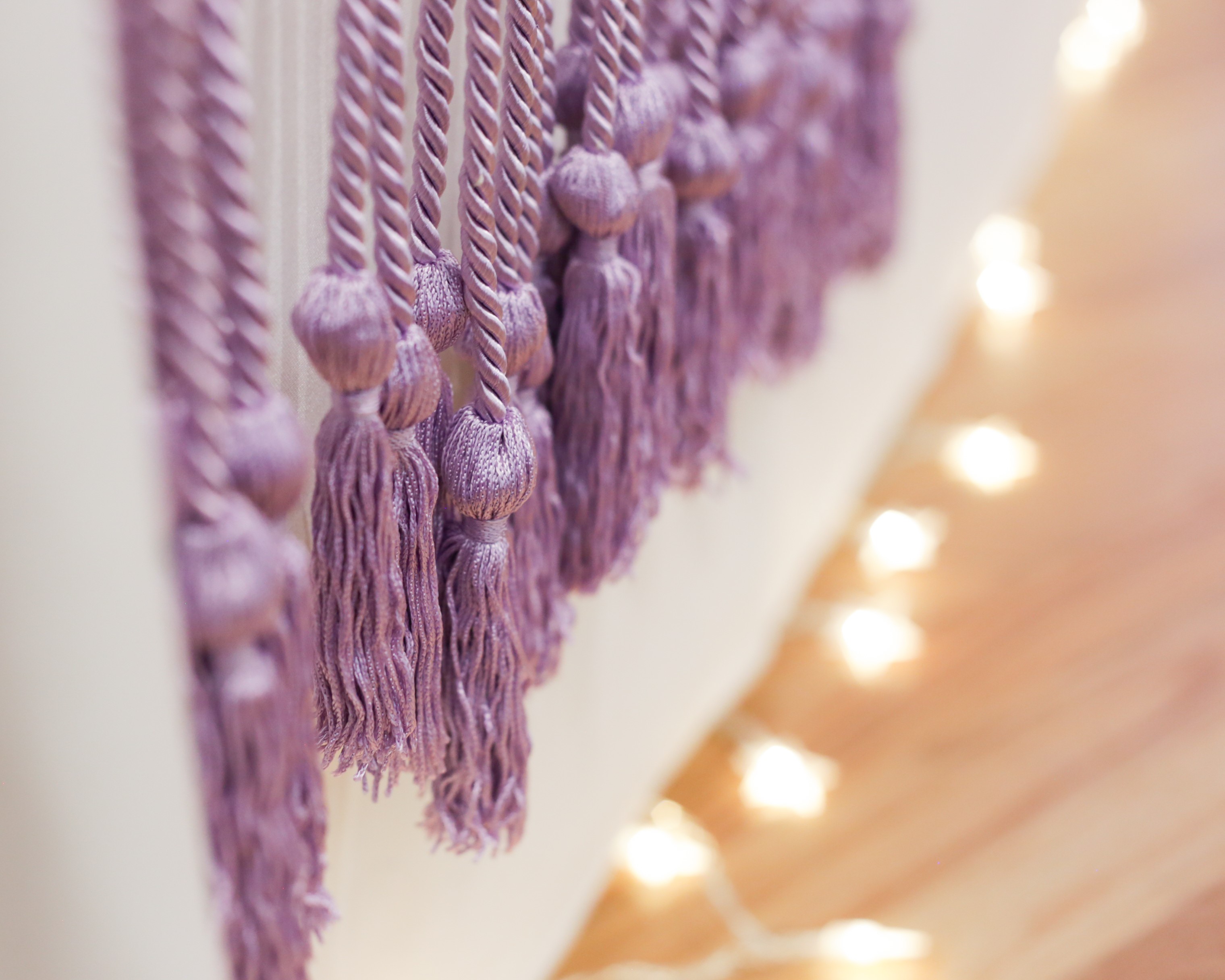
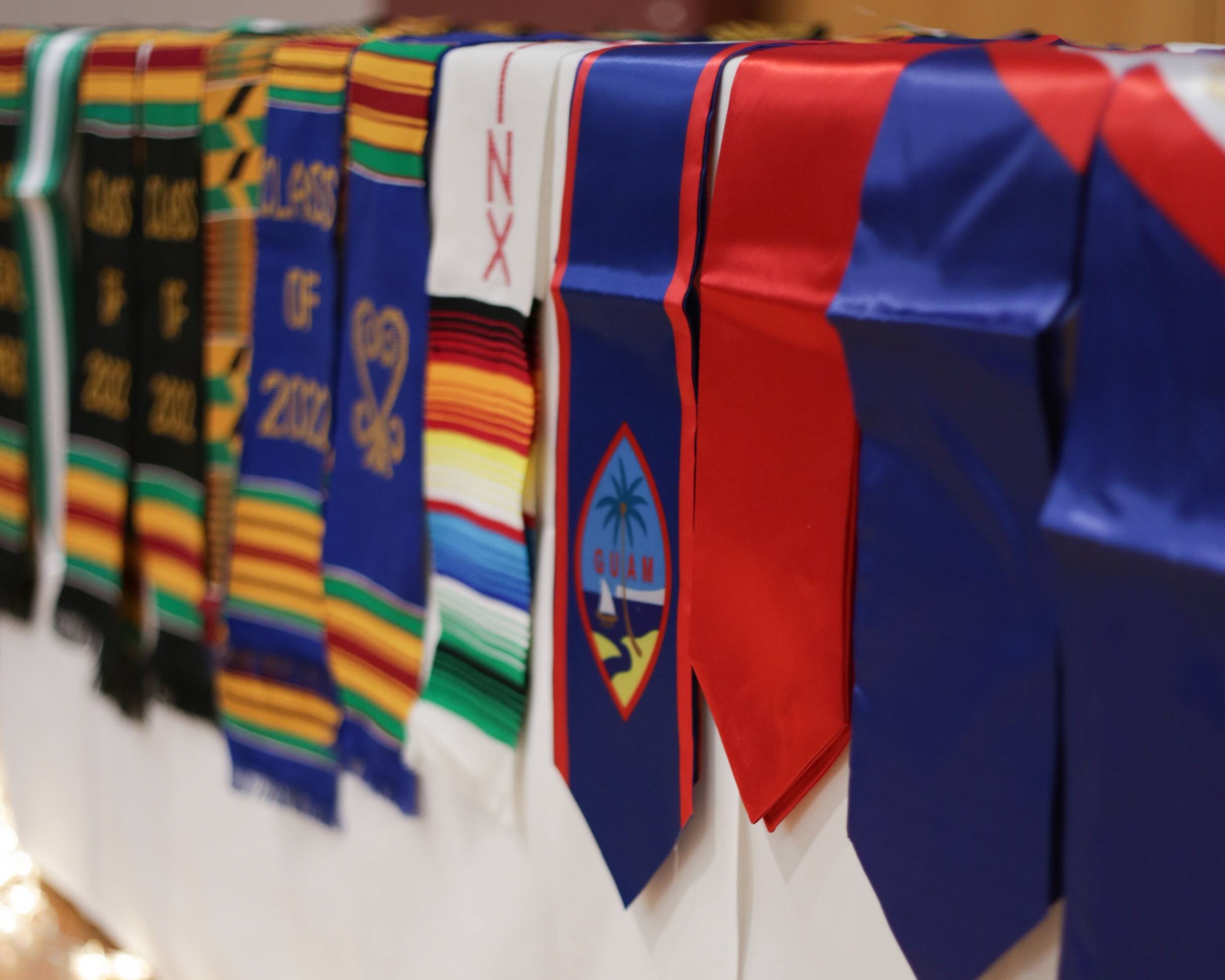
Enrollment of students who are economically disadvantaged, first generation, veterans, adult learners, individuals with disabilities and from underrepresented races and ethnicities will increase in each group’s share of the student body by two points by 2024.
2023: 88% increase in the number of MSU students who identify as Native Hawaiian/Pacific Islander in the past 10 years.
2023: 5.5% of MSU students identify as Hispanic or Latino, compared to 4.3% of the Montana statewide population. In 2013, 3% of MSU studnets identified as Hispanic or Latino, reflecting an 88% increase in this demographic over the past 10 years.
2022-2023: 19 students with intellectual or developmental disabilities are enrolled in the "Learning is for Everyone (LIFE)" Scholars program. In 2023, the program graduated 6 students, its largest class since the program began in 2018.
Strategic Plan Metric 1.1.1
Montana State University will increase retention (from 72% to 85%) and six-year graduation (from 48% to 60%) rates for all incoming Montana State students and will reduce disparities for students who are economically disadvantaged, first generation, veterans, adult learners, individuals with disabilities and from underrepresented races and ethnicities by 2024.
2021-Present: To celebrate diverse students' success, an annual Multicultural Graduation Celebration is held to recognize the achievements of graduating students through a meaningful celebration and present culturally relevant stoles for them to wear at commencement.
2016-Present: To celebrate diverse students' success, an annual Lavender Graduation Celebration is held to honor LGBTQ+ and ally students and to acknowledge their achievements and contributions to the University.
Strategic Plan Metric 1.1.2
Demographics of faculty and staff from underrepresented races and ethnicities will increase by two points by 2024.
Update (May 2024): Since 2017, the percentage of underrepresented races and ethnicities for staff has increased by 2.7 percentage points, and faculty has increased by 1.7 percentage points.
Leadership and Accountability
Goal: Provide strong, active, and visible leadership for diversity, equity, and inclusion.
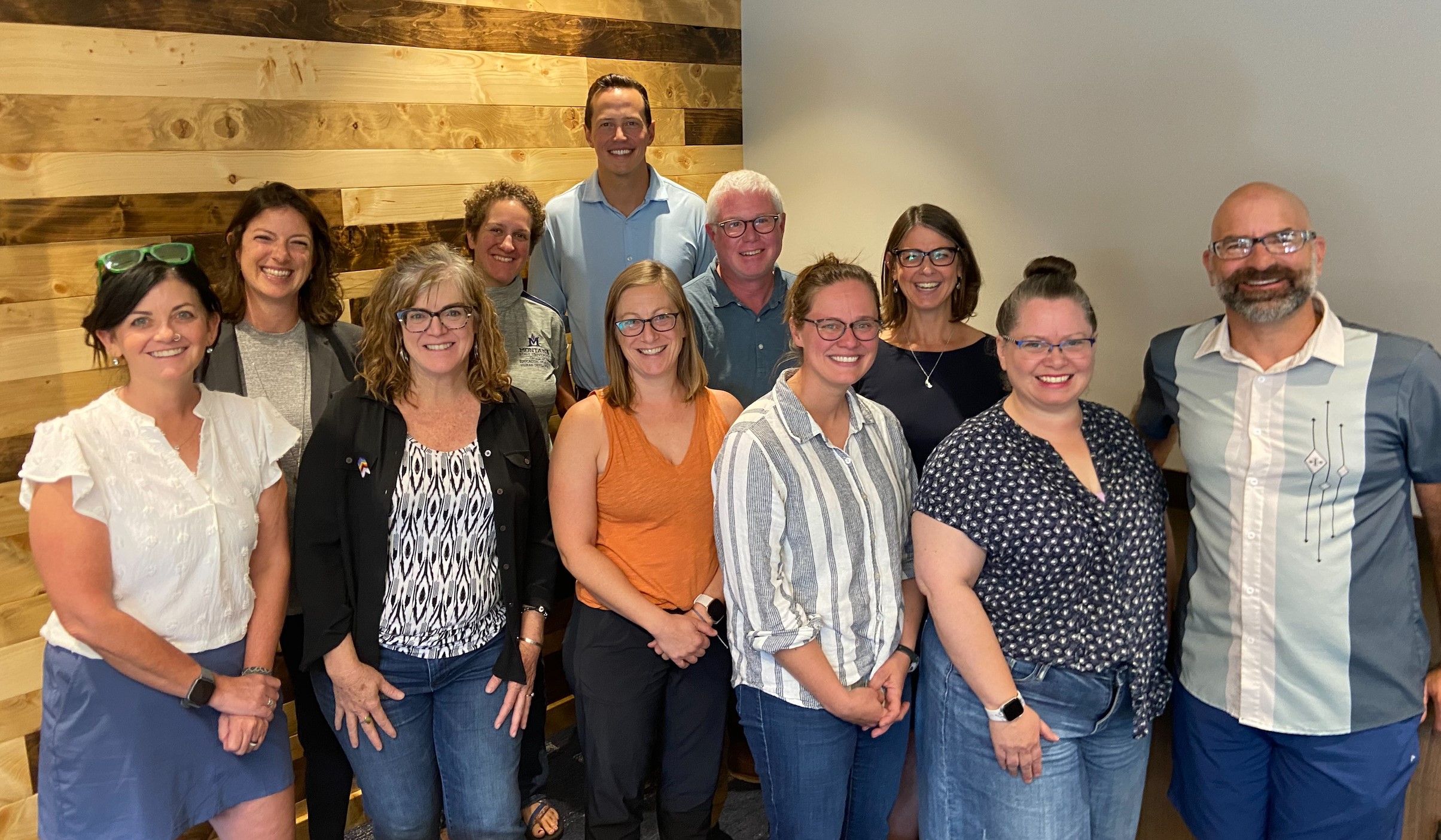
The MSU Diversity Council provides guidance, consultation, and leadership to support the advancement of institutional efforts to create a diverse. inclusive, and equitable campus environment.
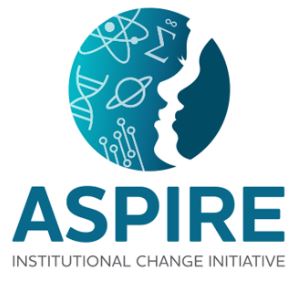
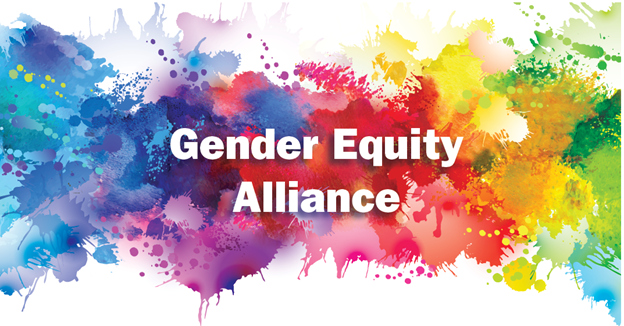
"Working towards the future where gender does not determine success."
The Gender Equity Alliance cultivates gender equity at Montana State University by addressing barriers, developing relationships with partners, and creating shared accountability for sustainable change.
Increase the extent to which faculty and staff agree that the university is committed to advancing diversity.
- Has campus administrators who regularly speak about the value of diversity
- Promotes the appreciation of cultural differences
- Has effective hiring practices and policies that increase faculty/staff diversity
2022-2023: 9 new faculty members were hired into the College of Letters and Science's cohort hiring initiative for their teaching, research, and outreach addressing the theme of wellness in underserved communities.
Nov 2022: 50 academic departments and programs submitted diversity self-study reports, sharing accomplishments and goals for the future.
2018: Established the position of Senior Diversity and Inclusion Officer (SDIO) and hired the inaugural SDIO to guide progress towards the Diversity and Inclusion Framework.
Communication
Goal: Increase the campus, community's, and general public's appreciation for the value of diversity at Montana State University through active communication to highlight underrepresented people.
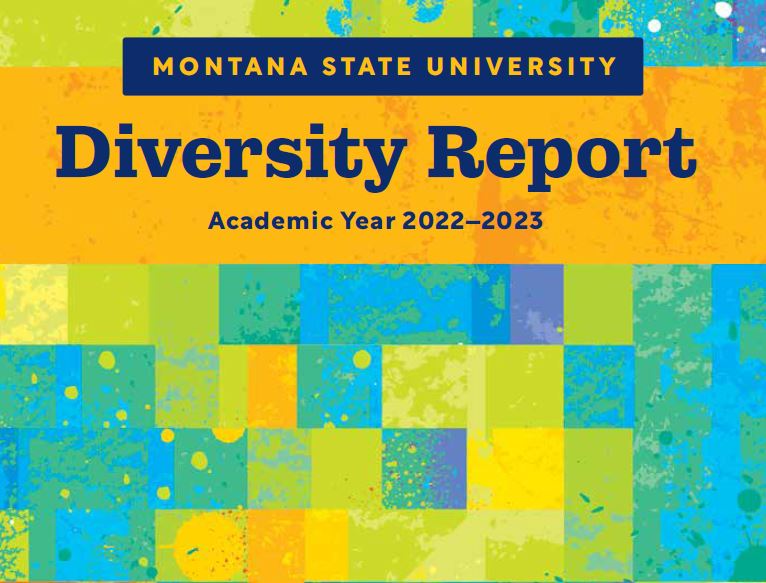
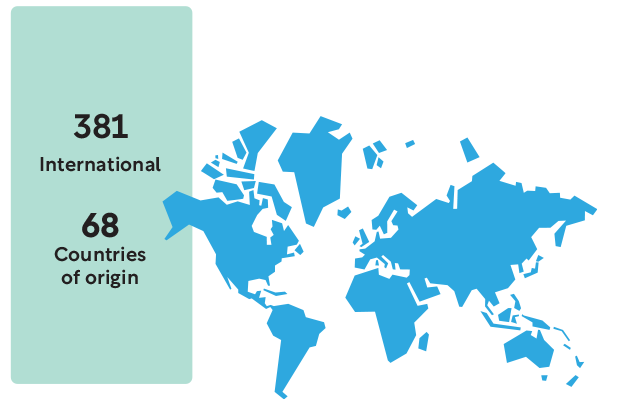
Communicate at least annually to the MSU community the status of diversity and inclusion efforts via:
- Diversity Council annual report
- Council on Councils
- Presentations about campus climate survey
- Other opportunities at the Diversity Showcase, PEC meetings, University Council, and Strategic Plan updates
2023: 4 individuals recieved the 2023 President's Award for Gender Equity for their work to improve gender, equity, diversity, and inclusion issues. Recipients were faculty member Bryce Hughes, and students Katrina Lyon, Olivia Gervacio Jakabosky, and Madelyn Cortes.
2020-Present: Published an dissemminated an annual Diversity Report
2021: Hosted Gender Equity Celebration
2020: Hosted Diversity Showcase
Maintain, update, and disseminate transparent data on diversity related demographics and outcomes.
2020: Created "Diversity at a Glance" section on the Office of Diversity & Inclusion's website, has since continued to be updated.
The Office of Planning & Analysis has developed several new dashboards for more transparent communication and use of diversity-related data to inform decisions.

